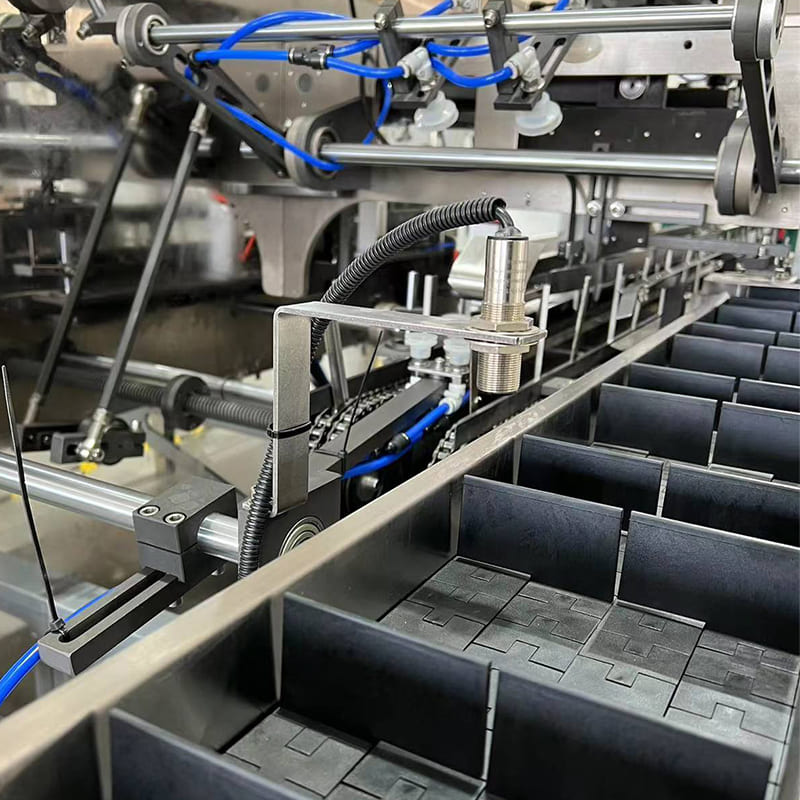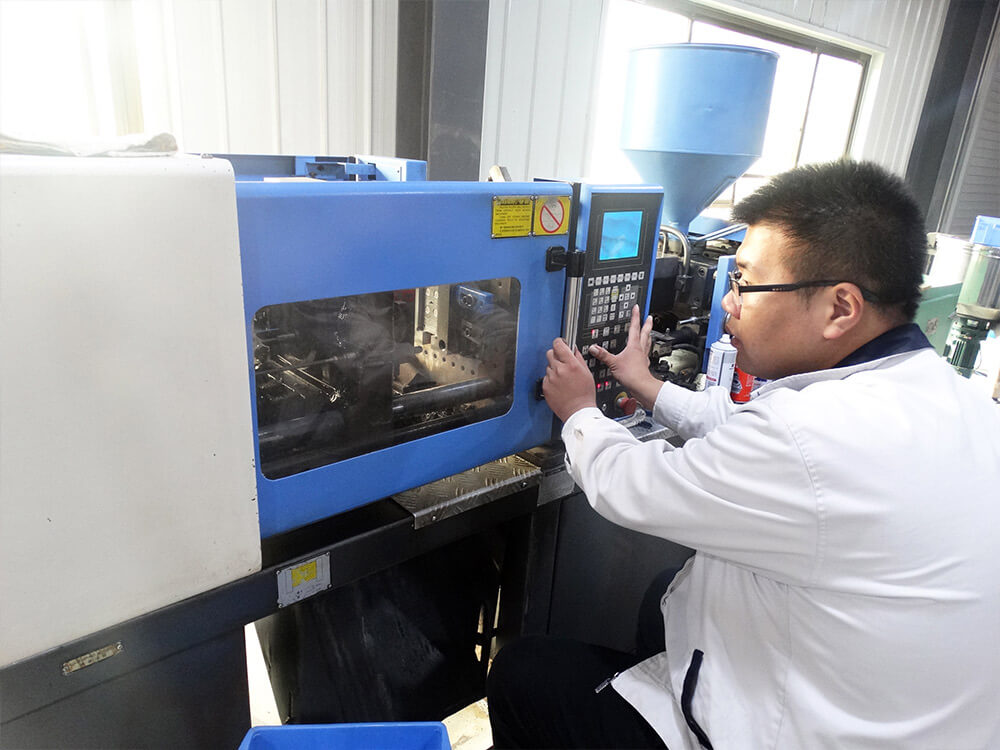Inductive Sensors vs. Capacitive Sensors: Key Differences, Applications, and How to Choose

In the world of industrial automation, sensors play a crucial role in detecting the presence, position, and proximity of objects. Among the many types of sensors available, inductive sensors and capacitive sensors are widely used for their reliability and versatility. Although they serve similar functions, their operating principles, applications, and suitability for different environments vary significantly. Let’s dive into the fascinating world of these sensors, exploring their similarities and differences.
Common Ground: What Do Inductive and Capacitive Sensors Share?
1. Non-Contact Detection:
Both inductive and capacitive sensors operate on the principle of non-contact detection. This means they can sense objects without any physical touch, which reduces wear and tear, minimizes mechanical failure, and enhances the longevity of the sensors. This feature is particularly valuable in environments where frequent contact would lead to contamination or damage.
2. Signal Output Options:
These sensors typically offer both switching (binary) and analog outputs. A switching output provides a simple ON/OFF signal, indicating whether an object is present or not. On the other hand, an analog output can measure the exact distance between the sensor and the target, offering more detailed feedback, which is useful in applications requiring precision.
3. Versatile Circuit Types:
Inductive and capacitive sensors are available in both NPN and PNP configurations. This flexibility allows them to interface with various types of controllers, including PLCs, making them adaptable to different automation systems.
4. Wide Range of Applications:
You’ll find both types of sensors in a variety of industries, including manufacturing, robotics, packaging, and logistics. Whether it’s counting objects on a conveyor belt, detecting position limits, or measuring speed, these sensors are indispensable tools in modern automation.
5. Diverse Form Factors:
These sensors come in multiple shapes and sizes, such as cylindrical, rectangular, and flat profiles, to suit different installation requirements. This diversity ensures that they can be integrated into a wide range of systems with ease, providing the flexibility needed in complex industrial setups.
6. Robust Sealing:
To withstand harsh environments, both inductive and capacitive sensors are designed with excellent sealing properties. They are typically resistant to water, dust, and oil, ensuring reliable operation even in demanding industrial conditions.
Digging Deeper: How Do Inductive and Capacitive Sensors Differ?
While the similarities are noteworthy, the differences between inductive and capacitive sensors are what truly define their unique strengths and ideal applications.
1. Operating Principle:
Inductive Sensors:
Inductive sensors work on the principle of electromagnetic induction. They contain an LC oscillator that generates a magnetic field. When a metallic object enters this field, eddy currents are induced in the object, which alters the amplitude of the oscillation. The sensor detects this change and outputs a signal. Because of this principle, inductive sensors are exclusively used for detecting metal objects, such as steel, aluminum, and copper.
Capacitive Sensors:
Capacitive sensors operate based on the principle of capacitance change. These sensors create an electrostatic field between two electrodes. When an object (metallic or non-metallic) approaches, the capacitance between the sensor and the object changes, triggering the sensor to output a signal. Capacitive sensors can detect a wide range of materials, including plastics, glass, wood, and even liquids.
2. Target Material:
Inductive Sensors:
Since inductive sensors are designed to detect metal objects, they are best suited for applications involving metallic targets. Their performance is optimal with highly conductive materials like iron, steel, and aluminum.
Capacitive Sensors:
Capacitive sensors are more versatile in terms of the materials they can detect. They can sense almost any material that has a different dielectric constant than air. This includes non-conductive materials such as plastic, wood, paper, and liquids, making them ideal for diverse applications like liquid level detection and material presence sensing.
3. Sensing Range:
Inductive Sensors:
The sensing range of inductive sensors is relatively short, typically ranging from 1mm to 50mm. The exact distance depends on the size, shape, and material of the target object. For instance, a larger, more conductive object will generally be detected at a greater distance than a smaller or less conductive one.
Capacitive Sensors:
Capacitive sensors generally offer a longer sensing range, which can extend to several tens of millimeters. Unlike inductive sensors, their sensing distance is less dependent on the target’s material, allowing them to detect objects at a more consistent range regardless of composition.
4. Environmental Sensitivity:
Inductive Sensors:
Inductive sensors are robust and less affected by environmental factors. They are immune to dust, dirt, oil, and moisture, making them suitable for harsh industrial environments where such conditions are prevalent. Their ability to ignore non-metallic contaminants enhances their reliability in challenging settings.
Capacitive Sensors:
Capacitive sensors, while versatile, are more sensitive to environmental changes. Factors such as humidity, temperature, and the presence of dust can influence their accuracy and performance. In applications where environmental conditions fluctuate, additional calibration or protective measures may be necessary to maintain consistent performance.
5. Application Scenarios:
Inductive Sensors:
Inductive sensors excel in environments where metal detection is key. They are commonly used for detecting the presence or absence of metal parts, counting metallic objects, positioning metal components, and ensuring machinery operates within specified limits. Their resilience in dusty, oily, or otherwise dirty environments makes them a go-to choice for heavy-duty industrial applications.
Capacitive Sensors:
Capacitive sensors shine in applications where non-metallic materials need to be detected. They are often employed in the packaging industry to verify the presence of products like plastic bottles, in the food industry to measure liquid levels, and in the woodworking industry to detect the presence of wooden components. Their ability to detect a wide range of materials makes them indispensable in applications that require flexibility.
6. Cost and Maintenance:
Inductive Sensors:
Inductive sensors are generally more cost-effective, especially when produced in large quantities. They are easy to maintain and tend to have a long service life due to their robust design and resistance to harsh conditions.
Capacitive Sensors:
Capacitive sensors can be more expensive, particularly in specialized applications that demand high sensitivity. They may also require more frequent calibration and maintenance due to their sensitivity to environmental factors, which can affect their performance over time.
Choosing the Right Sensor: Which One Is Right for You?
When deciding between an inductive and capacitive sensor, it’s essential to consider the specific requirements of your application. If your primary goal is to detect metal objects in a harsh environment, an inductive sensor is likely your best bet. Its durability, cost-effectiveness, and reliability make it an excellent choice for industrial settings where metal detection is critical.
On the other hand, if you need to detect a variety of materials, including non-metals, or if you require a longer sensing range, a capacitive sensor may be the better option. Its versatility and ability to detect almost any material make it a powerful tool in applications ranging from packaging to material handling and beyond.
In conclusion, both inductive and capacitive sensors are invaluable in the world of automation. Understanding their similarities and differences allows you to select the sensor that best meets the demands of your specific application, ensuring efficiency, accuracy, and longevity in your industrial processes.
Discover the Precision of Bedook Sensors Today!
At Bedook, we’re committed to delivering cutting-edge sensor technology that meets the highest standards of quality and reliability. Whether you need inductive sensors for metal detection or capacitive sensors for versatile material sensing, our products are engineered to excel in the most demanding environments. Don’t compromise on accuracy—partner with Bedook and experience unparalleled performance in your industrial applications. Contact us now to find the perfect sensor solution for your needs!
Explore Bedook: Your Trusted Sensor Manufacturer
At Bedook, we specialize in designing, developing, and manufacturing a comprehensive range of proximity sensors and switches. Our extensive product lineup includes:
- Inductive Proximity Sensors
- Capacitive Proximity Sensors
- Photoelectric Sensors
- Ultrasonic Sensors
- Solid State Relays
- Various Accessories
With over 10,000 detailed product variations and a robust R&D team, we take pride in our ability to meet your unique requirements with tailored solutions and reliable performance.
Whether you’re seeking off-the-shelf products or customized designs, Bedook offers the expertise and production capacity to ensure your satisfaction.
Get in Touch Today!
We value your interest in our products and warmly encourage you to send us an inquiry. Let us help you find the perfect sensor solution for your application.
Thank you for considering Bedook—your trusted partner in innovation and quality manufacturing. We look forward to collaborating with you!






